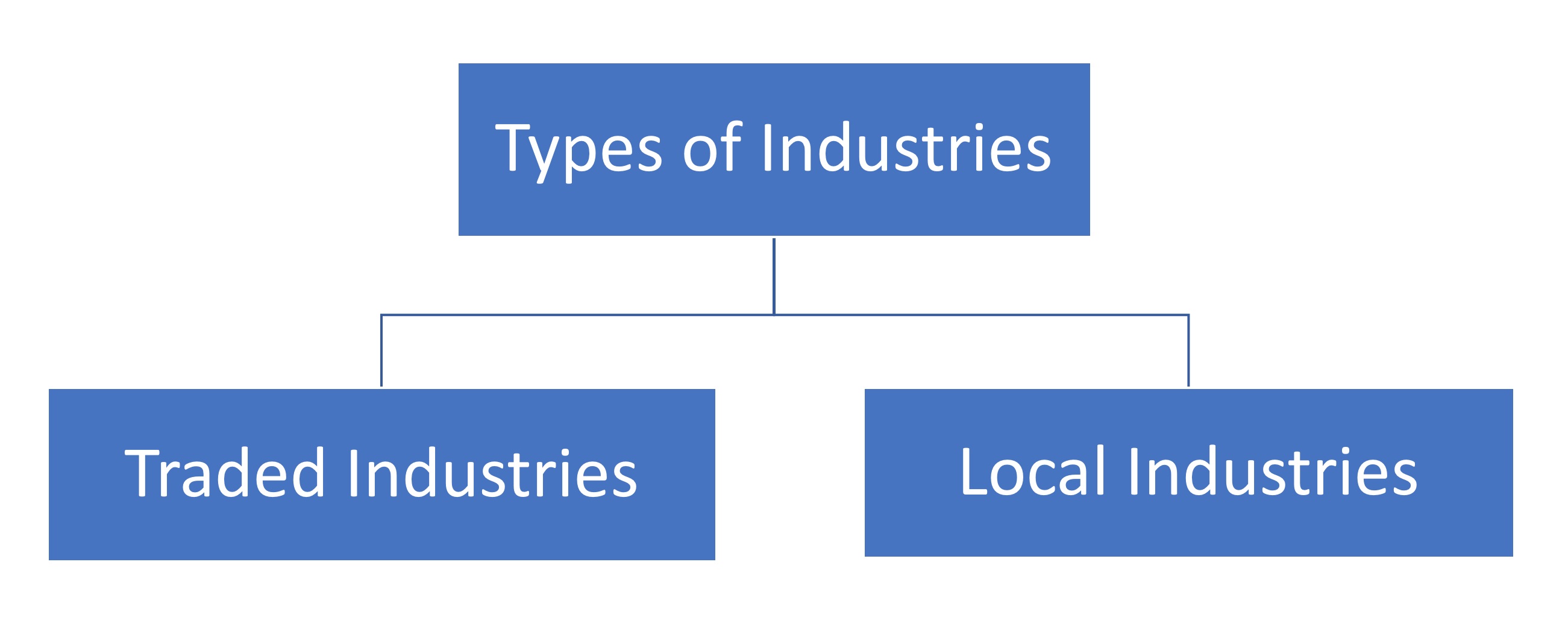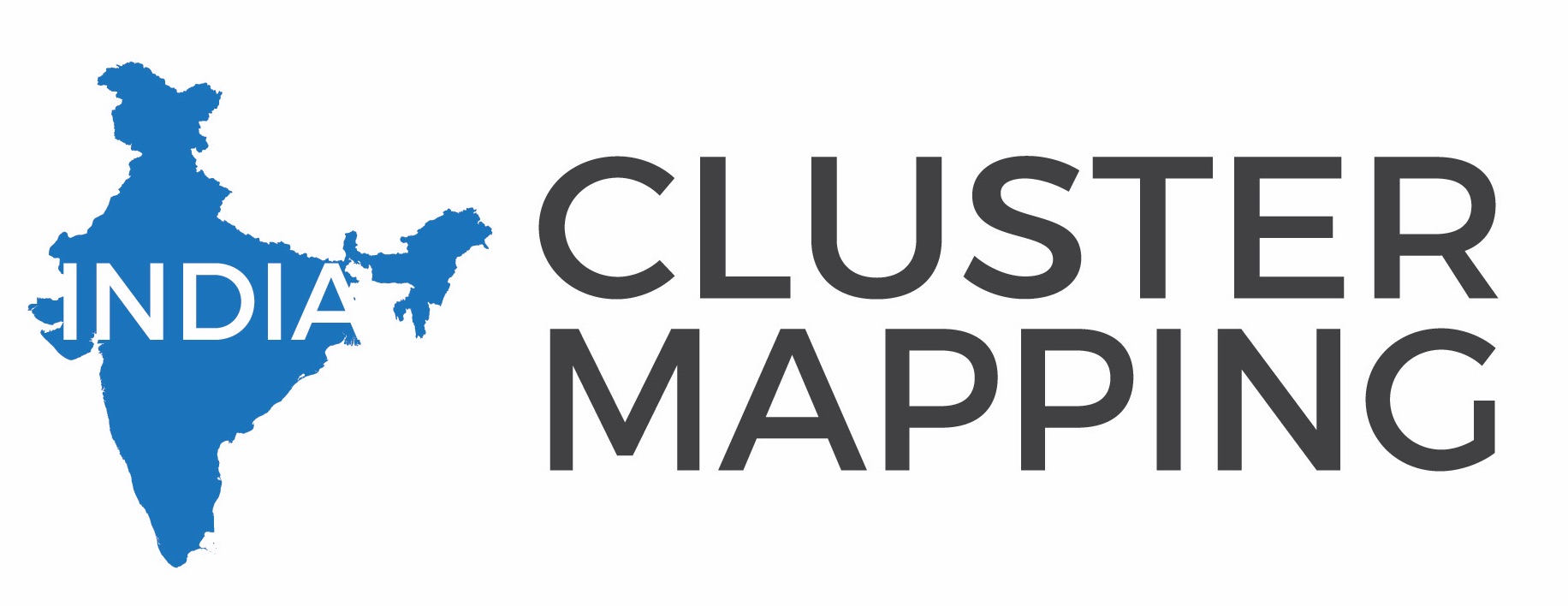Cluster Definitions

Michael Porter, Professor, Harvard Business School defines clusters as “geographically proximate group of interconnected companies and associated institutions in a particular field, linked by commonalities and complementarities. The geographic scope of clusters ranges from a region, a state, or even a single city to span nearby or neighbouring countries.”

Traded industries are those that concentrate in particular regions but sell products across regions and countries (Delgado, Bryden, & Zyontz). Examples of traded industries include apparel, automotive, textiles etc. In principle they can be located anywhere. But similar traded industries tend to locate in nearby locations. And as they grow beyond the needs of the local market, they are more sophisticated and hence productive. Local industries are those that are dispersed throughout the nation. Their presence in a particular region is generally proportional to the region’s size as they primarily serve the local market (Delgado, Bryden, & Zyontz). Examples of local industries are real estate services, hospitals, etc.
Regional economies are profiled on the mix of clusters, traded clusters are formed by grouping traded industries and likewise, the groups of local industries form local clusters.
TABLE 1: TRADED CLUSTERS
|
|||
| Cluster Code | Cluster Name | Cluster Code | Cluster Name |
| 1 | Aerospace Vehicles and Defense | 27 | Lighting and Electrical Equipment |
| 2 | Agricultural Products, Inputs and Services | 28 | Livestock Processing |
| 3 | Apparel | 29 | Marketing, Design, and Publishing |
| 4 | Automotive | 30 | Medical Devices |
| 5 | Biopharmaceuticals | 31 | Metal Mining |
| 6 | Business Services | 32 | Metalworking Technology |
| 7 | Coal Mining | 33 | Music and Sound Recording |
| 8 | Communications Equipment and Services | 34 | Nonmetal Mining |
| 9 | Construction Products and Services | 35 | Oil and Gas Production and Transportation |
| 10 | Distribution and Electronic Commerce | 36 | Paper and Packaging |
| 11 | Downstream Chemical Products | 37 | Performing Arts |
| 12 | Downstream Metal Products | 38 | Plastics |
| 13 | Education and Knowledge Creation | 39 | Printing Services |
| 14 | Electric Power Generation and Transmission | 40 | Production Technology and Heavy Machinery |
| 15 | Environmental Services | 41 | Recreational and Small Electric Goods |
| 16 | Financial Services | 42 | Textile Manufacturing |
| 17 | Fishing and Fishing Products | 43 | Tobacco |
| 18 | Food Processing and Manufacturing | 44 | Trailers, Motor Homes, and Appliances |
| 19 | Footwear | 45 | Transportation and Logistics |
| 20 | Forestry | 46 | Upstream Chemical Products |
| 21 | Furniture | 47 | Upstream Metal Manufacturing |
| 22 | Hospitality and Tourism | 48 | Video Production and Distribution |
| 23 | Information Technology and Analytical Instruments | 49 | Vulcanized and Fired Materials |
| 24 | Insurance Services | 50 | Water Transportation |
| 25 | Jewelry and Precious Metals | 51 | Wood Products |
| 26 | Leather and Related Products | ||
TABLE 2: LOCAL CLUSTERS
|
|
| Cluster Code | Cluster Name |
| 101 | Local Food and Beverage Processing and Distribution |
| 102 | Local Personal Services (Non-Medical) |
| 103 | Local Health Services |
| 104 | Local Utilities |
| 105 | Local Logistical Services |
| 106 | Local Household Goods and Services |
| 107 | Local Financial Services |
| 108 | Local Motor Vehicle Products and Services |
| 109 | Local Retailing of Clothing and General Merchandise |
| 110 | Local Entertainment and Media |
| 111 | Local Hospitality Establishments |
| 112 | Local Commercial Services |
| 113 | Local Education and Training |
| 114 | Local Community and Civic Organizations |
| 115 | Local Real Estate, Construction, and Development |
| 116 | Local Industrial Products and Services |




